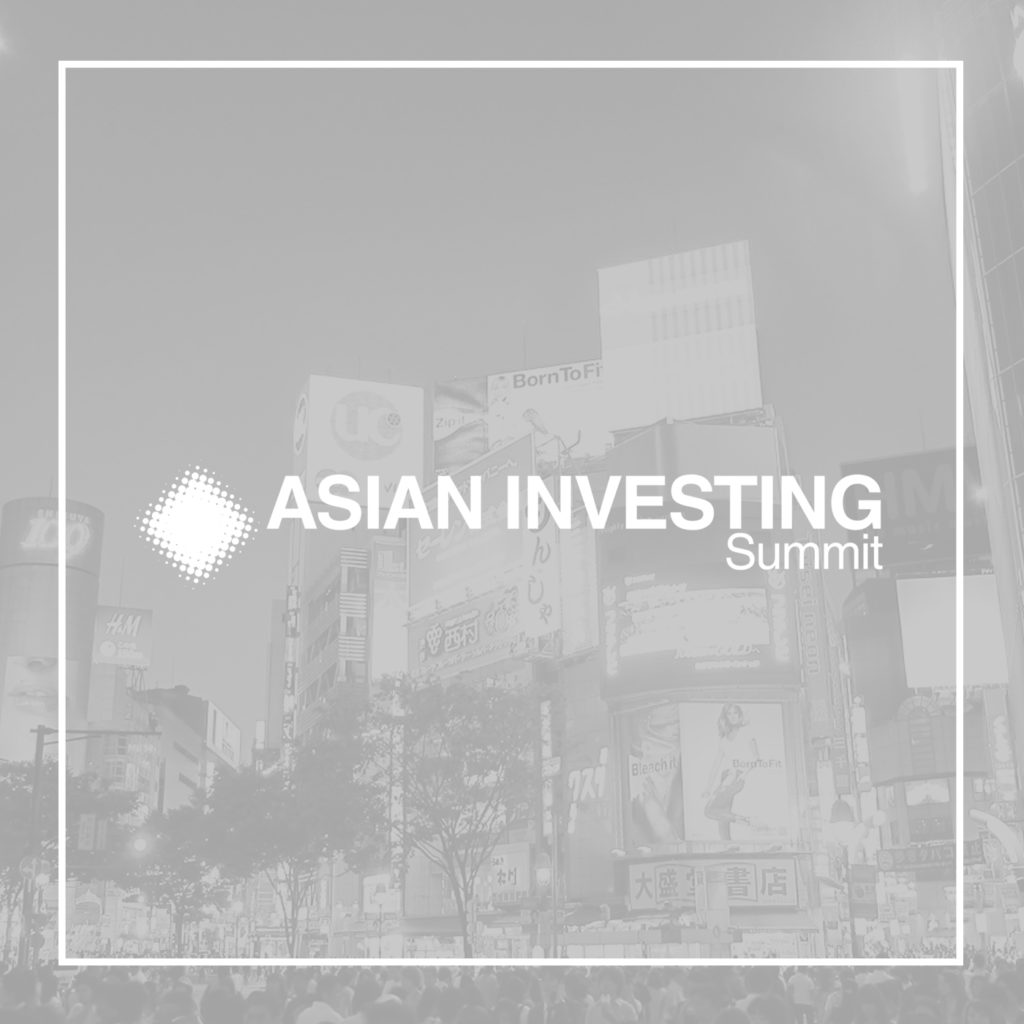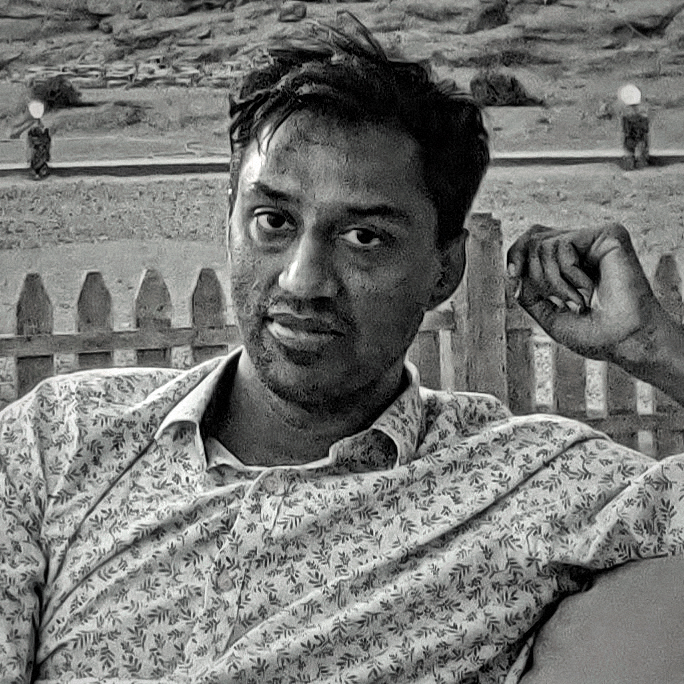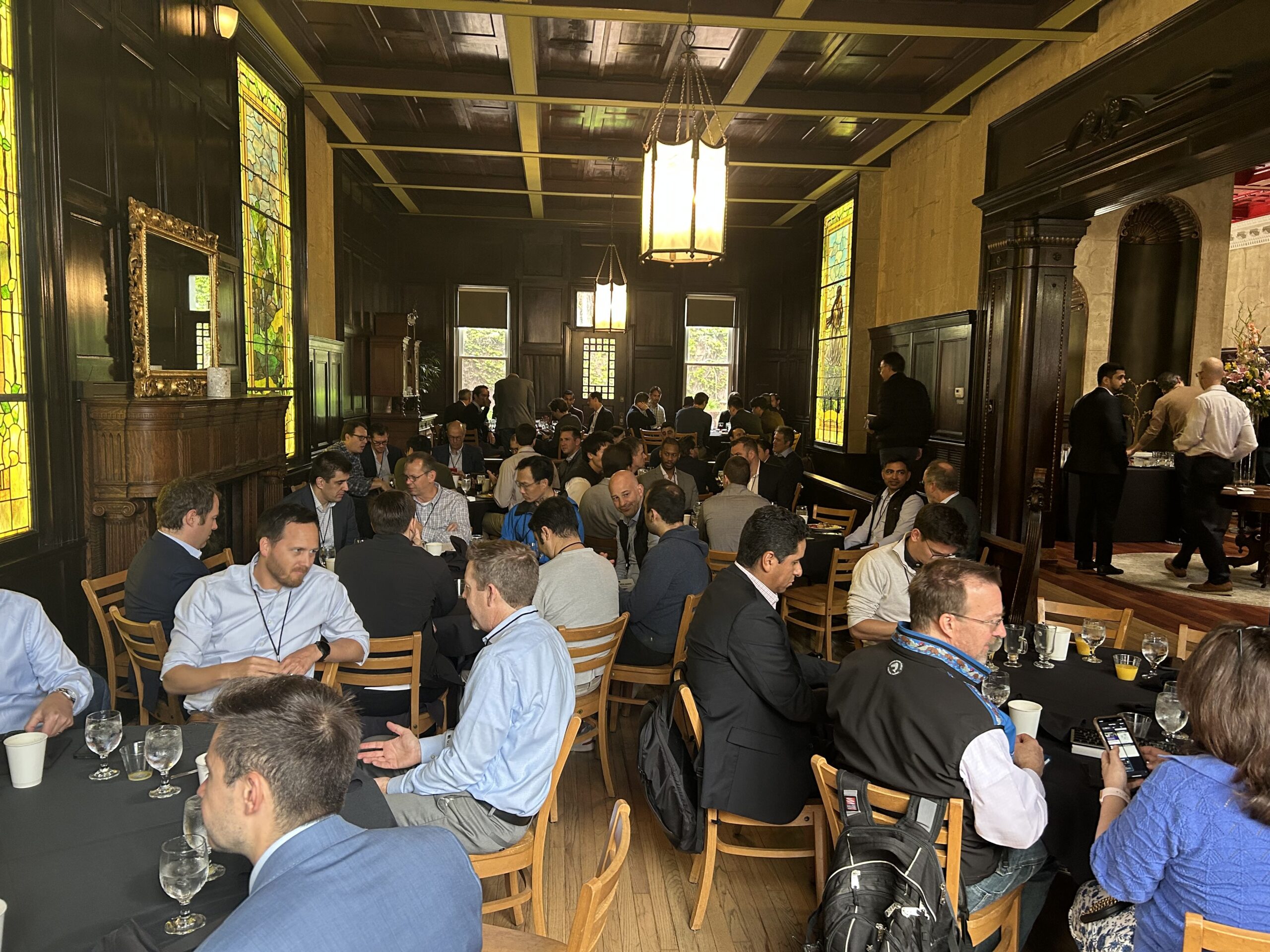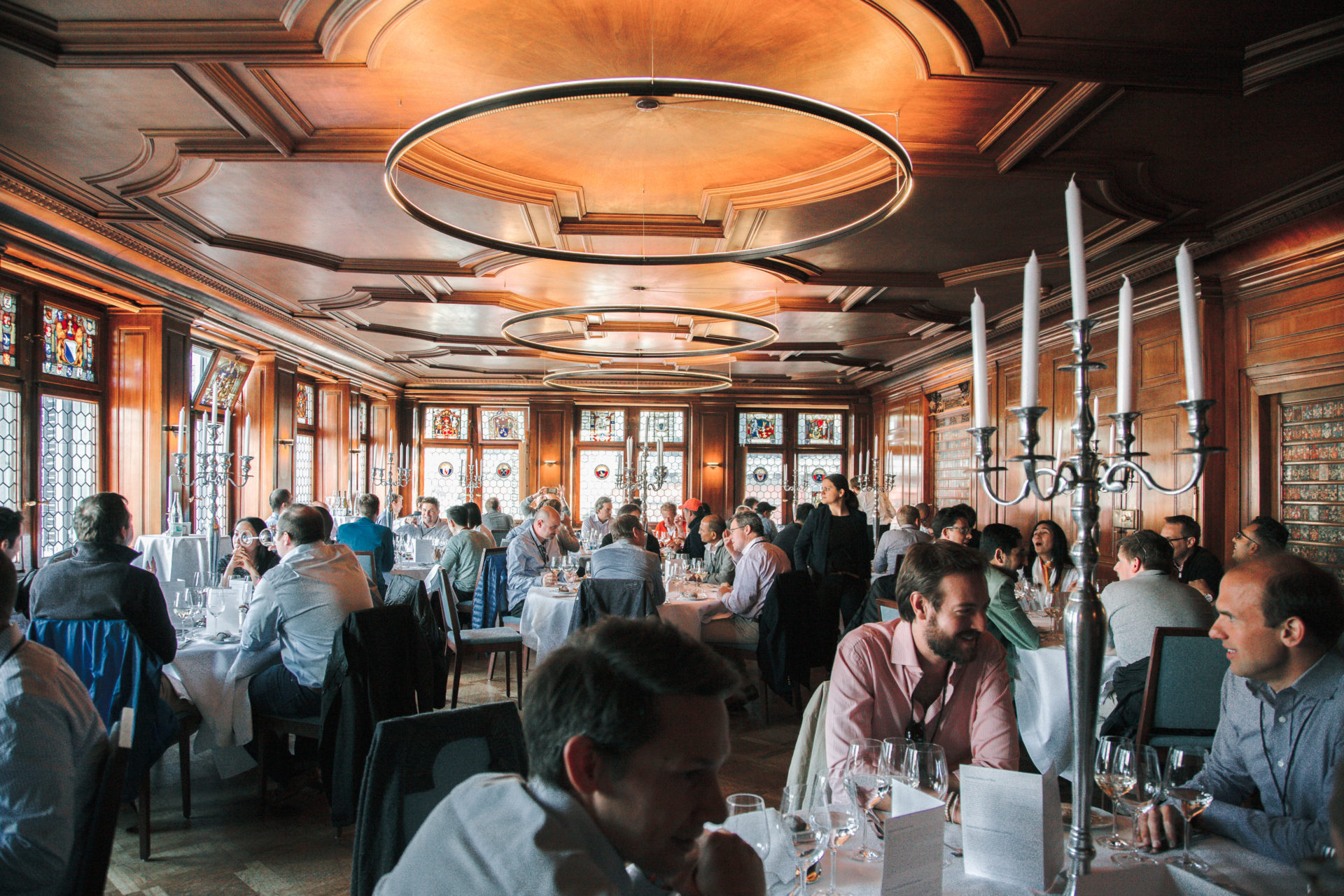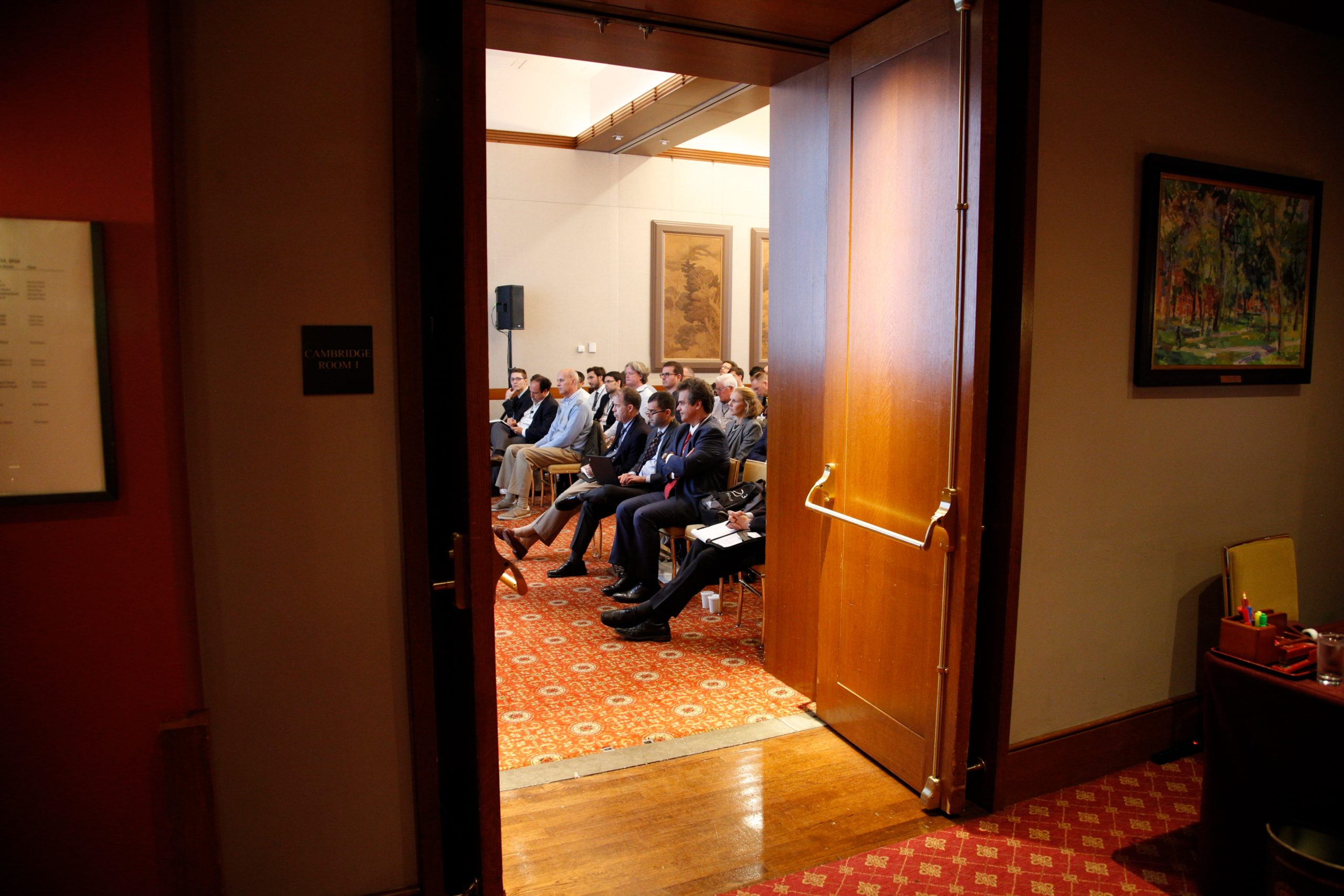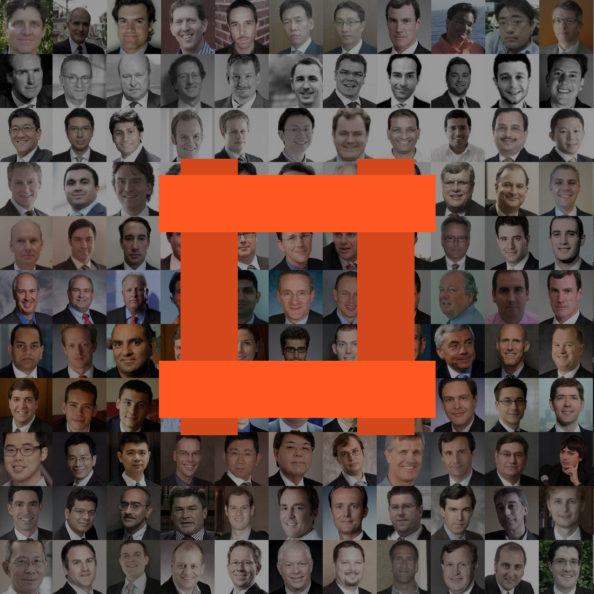Phil Ordway, Managing Principal of Anabatic Investment Partners, led a conversation with the one and only Michael Mauboussin, Head of Consilient Research at Counterpoint Global, Morgan Stanley Investment Management. Michael is one of the most influential investment thought leaders of our time.
Phil and Michael joined the MOI Global community at Latticework 2023, held at the Yale Club of New York City on December 12.
This conversation is available as an episode of Invest Intelligently, a member podcast of MOI Global. (Learn how to access member podcasts.)
Members, log in below to access the restricted content.
Not a member?
Thank you for your interest. Please note that MOI Global is closed to new members at this time. If you would like to join the waiting list, complete the following form:
About the session host:
Philip Ordway is Managing Principal and Portfolio Manager of Anabatic Fund, L.P. Previously, Philip was a partner at Chicago Fundamental Investment Partners (CFIP). At CFIP, which he joined in 2007, Philip was responsible for investments across the capital structure in various industries. Prior to joining CFIP, Philip was an analyst in structured corporate finance with Citigroup Global Markets, Inc. from 2002 to 2005. Philip earned his B.S. in Education & Social Policy and Economics from Northwestern University in 2002 and his M.B.A. from the Kellogg School of Management at Northwestern University in 2007, where he now serves as an Adjunct Professor in the Finance Department.
About the guest speaker:
Michael Mauboussin is Head of Consilient Research for Counterpoint Global. He joined Morgan Stanley in 2020 and has 38 years of investment experience. Prior to joining the firm, he was director of research at BlueMountain Capital Management, head of global financial strategies at Credit Suisse, and chief investment strategist at Legg Mason Capital Management. Additionally, Michael is an adjunct professor of finance at Columbia Business School and chairman emeritus of the board of trustees at the Santa Fe Institute. Michael earned an A.B. in government from Georgetown University.

